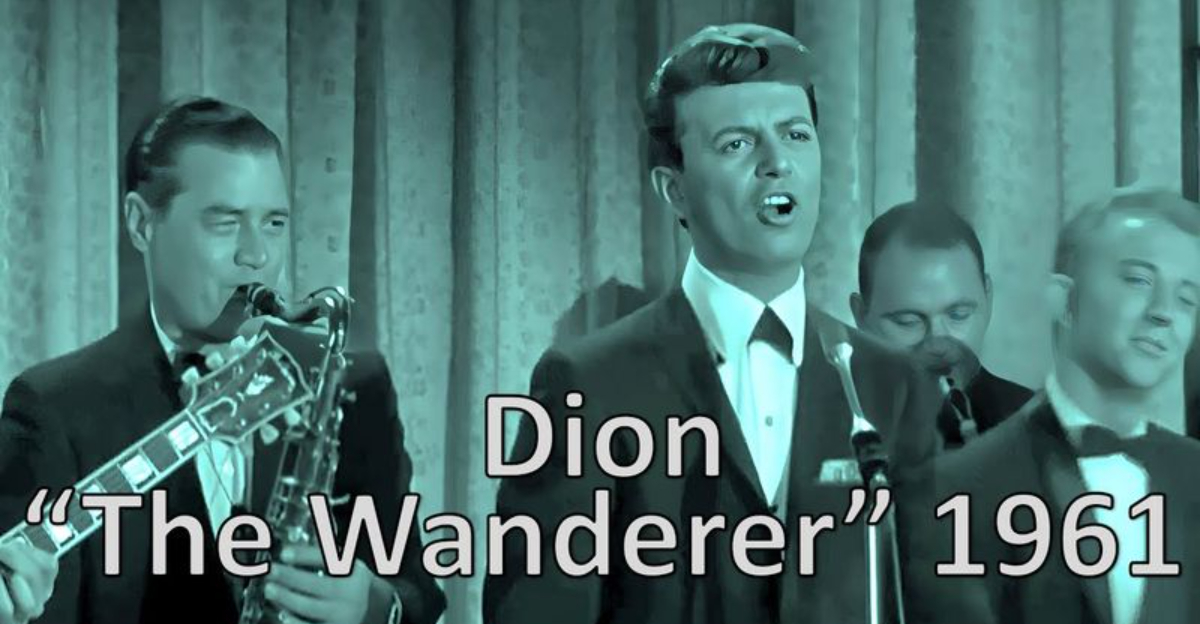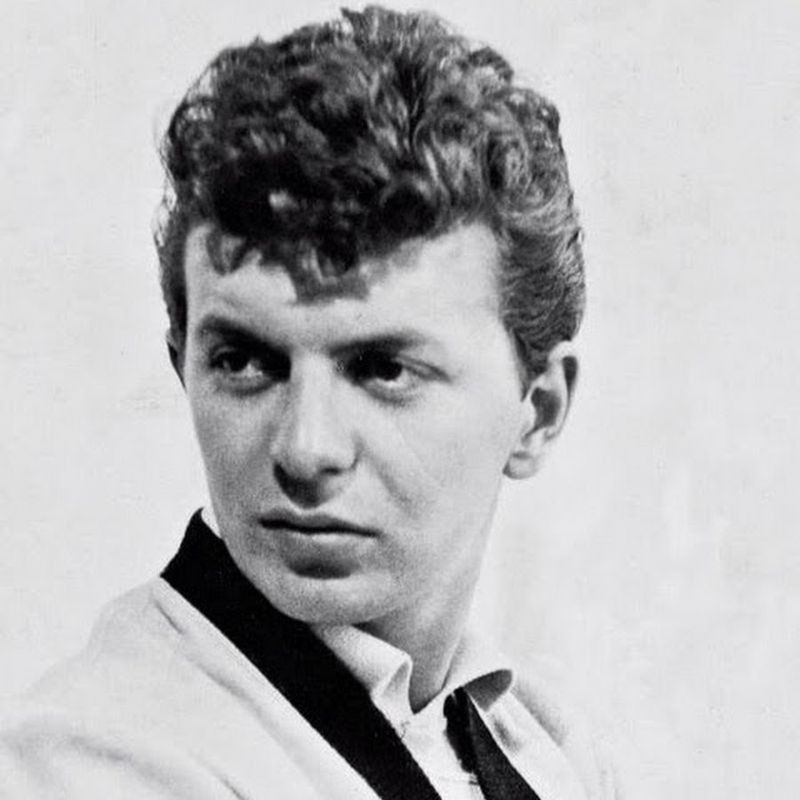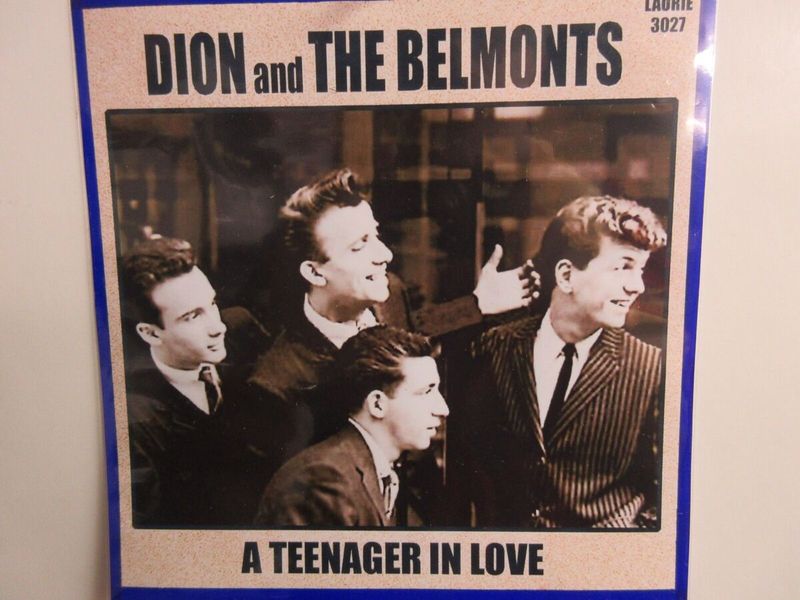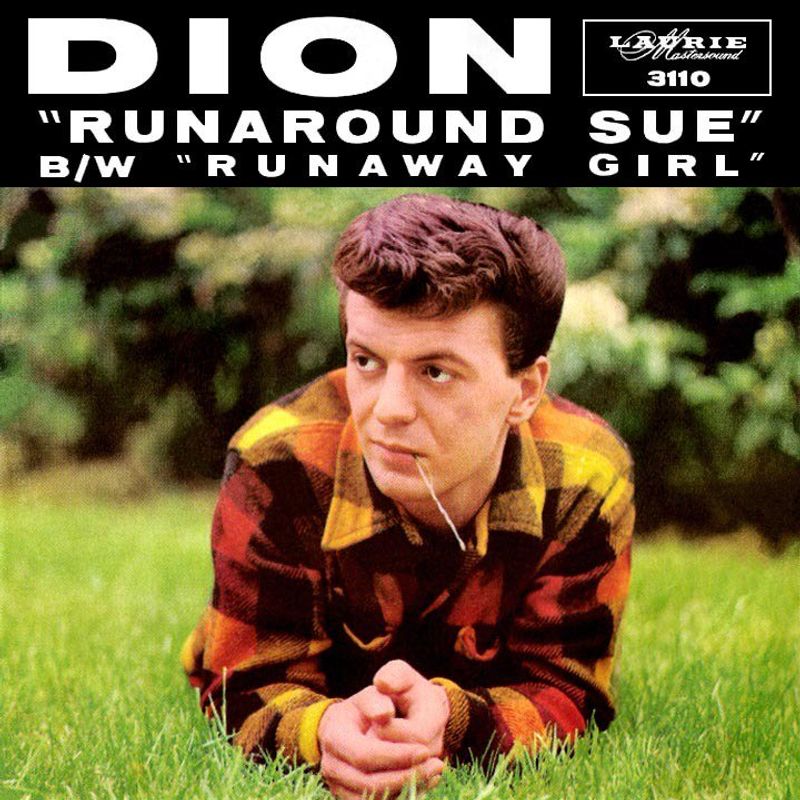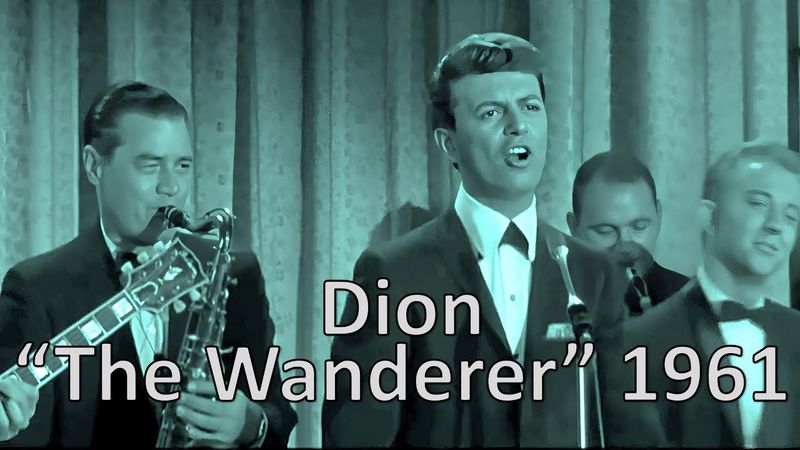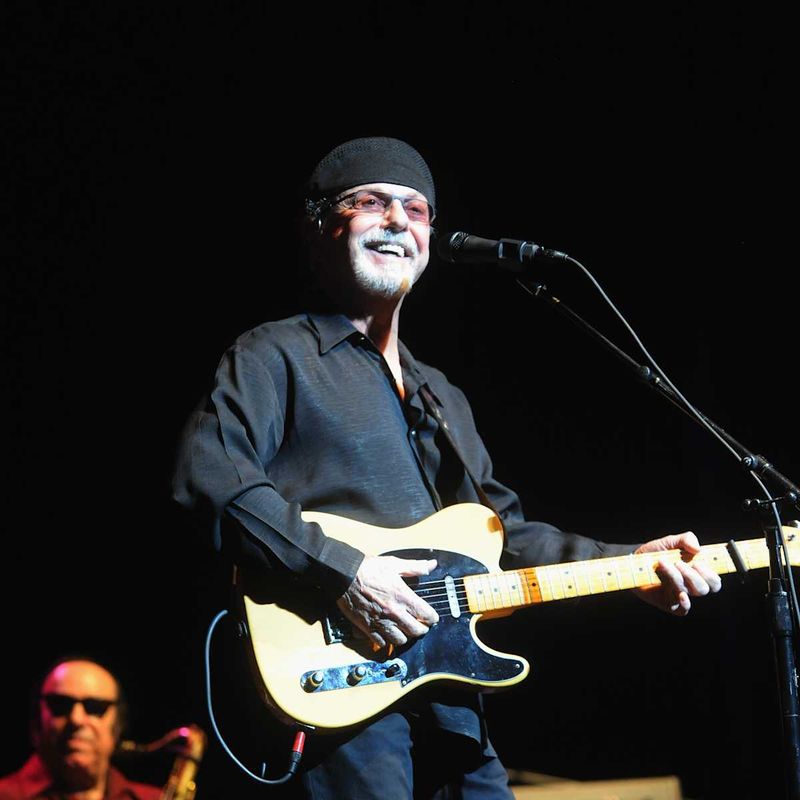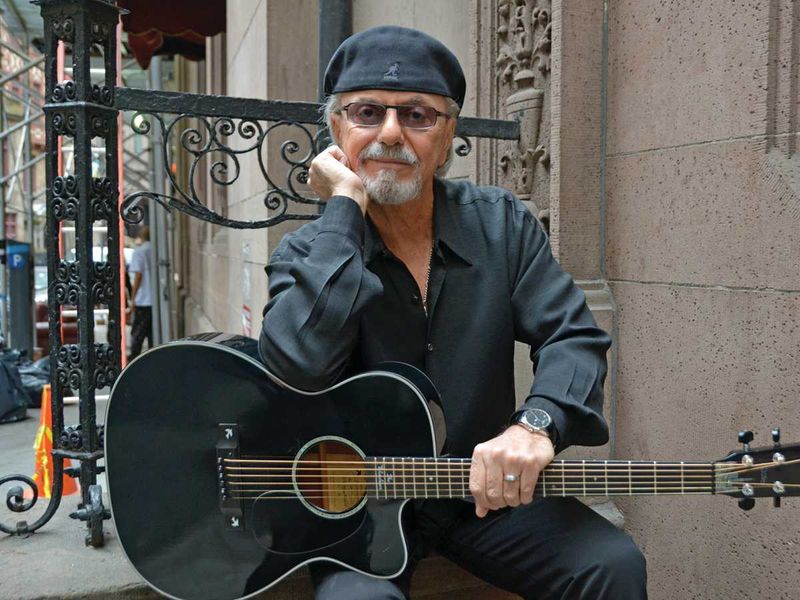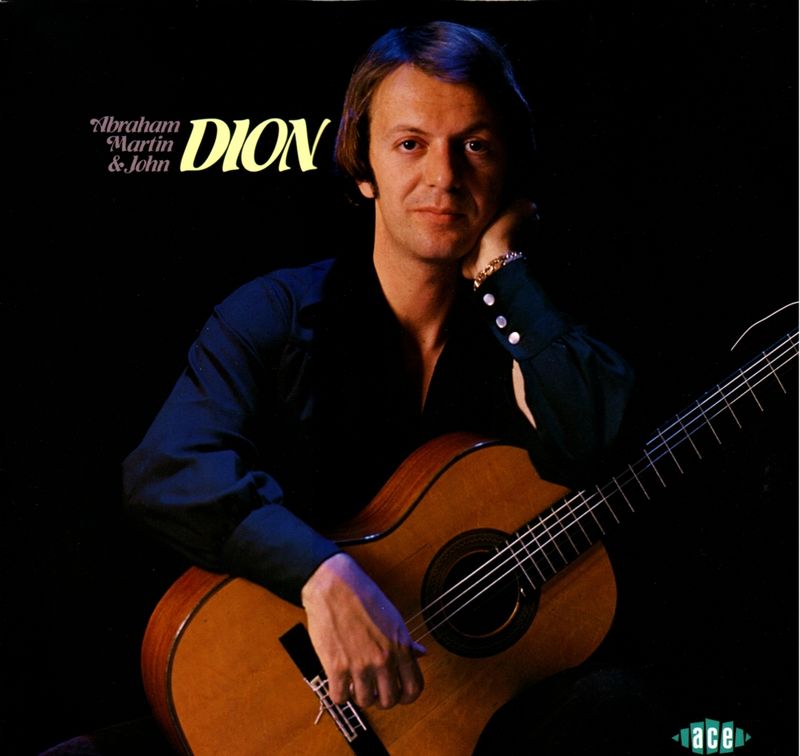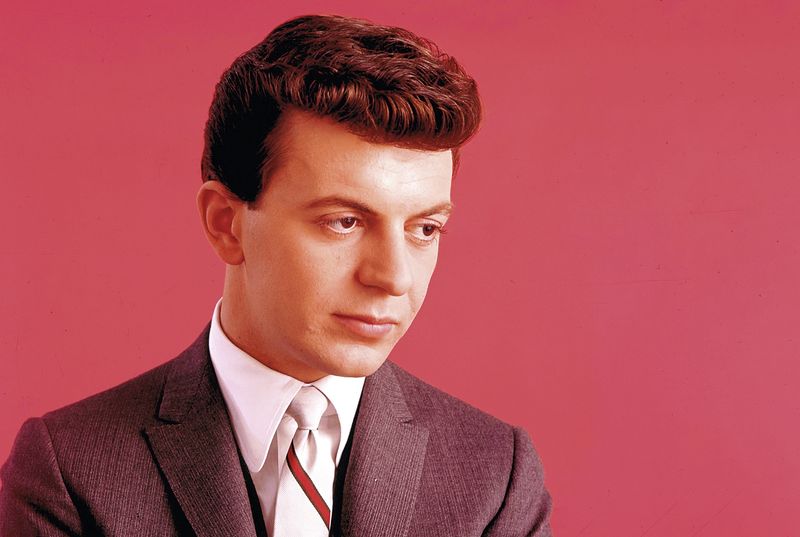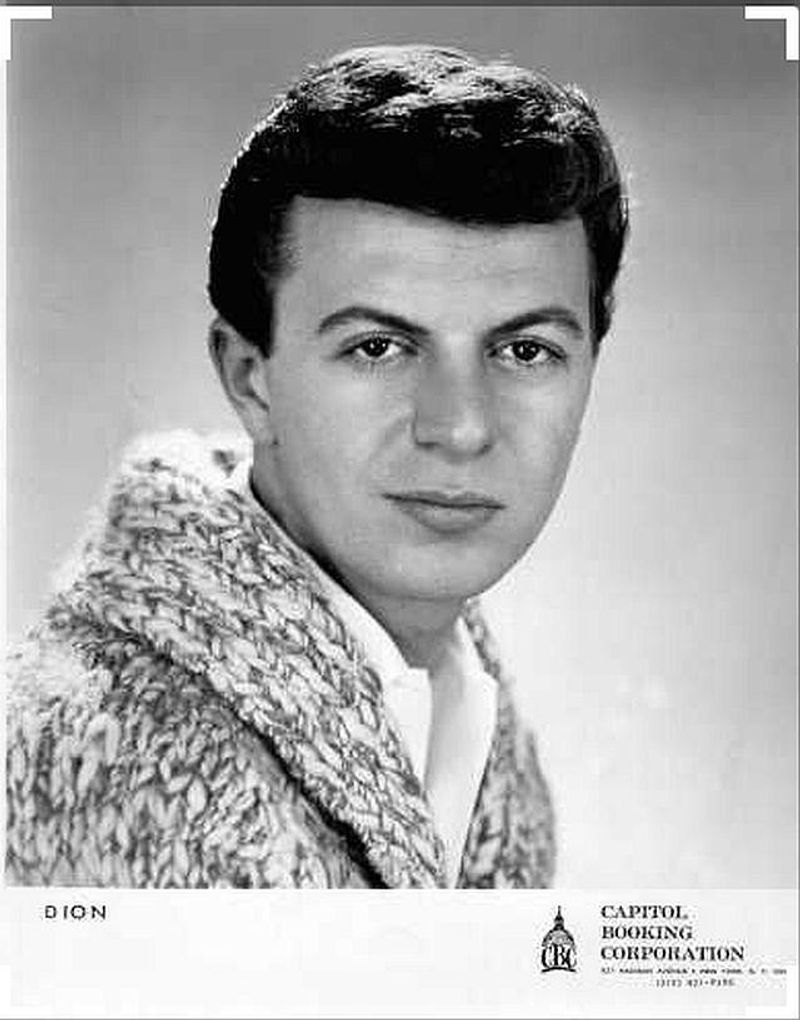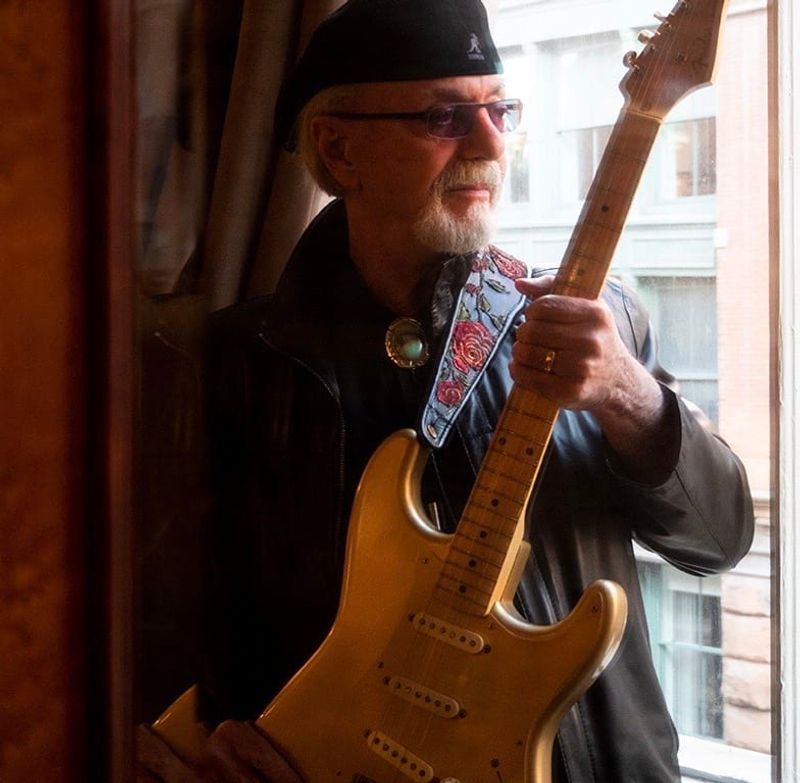Before Elvis became king and decades before the Beatles invaded America, a young Italian kid from the Bronx was helping shape rock and roll music.
Dion DiMucci blended doo-wop harmonies with street-smart lyrics and a rebel attitude that changed music forever.
His influence stretches across generations, and even today, his contributions to rock and roll continue to inspire musicians worldwide.
1. Blending Doo-Wop With Rock Attitude
The sweet harmonies of doo-wop met the rebellious spirit of rock ‘n’ roll through Dion’s groundbreaking sound. While other artists of the late 1950s stuck to clean-cut performances, DiMucci brought street credibility and swagger to the microphone.
His Bronx upbringing gave him an authentic edge that transformed pop music’s landscape. This fusion created a blueprint for future rockers who wanted both melody and attitude in their sound.
2. Scoring Chart-Topping Hits With The Belmonts
Heartache never sounded so good until Dion and The Belmonts captured teenage emotion in perfect harmony. Their 1959 hit “A Teenager in Love” spoke directly to young listeners experiencing first crushes and breakups, selling over a million copies.
The group’s tight vocal arrangements showcased Dion’s remarkable lead voice against The Belmonts’ backing harmonies. Songs like “Where or When” demonstrated their ability to reimagine standards with youthful energy that resonated across America.
3. Going Solo With a Gritty Edge
After parting ways with The Belmonts in 1960, Dion didn’t miss a beat. His solo breakthrough came with the finger-snapping tale of heartbreak “Runaround Sue,” which topped the charts and showcased his evolved sound.
Without the constraints of a vocal group, his Bronx accent and streetwise delivery took center stage. This new persona connected with teens who saw in Dion someone authentic—a rock and roll character who knew the streets and spoke their language.
4. The Wanderer Became a Rock Archetype
“I’m the type of guy who never settles down…” With these opening lines, Dion created one of rock’s first anti-heroes in 1961. “The Wanderer” wasn’t just catchy—it was revolutionary for its time, celebrating a character who lived by his own rules.
The song’s protagonist moved from town to town, breaking hearts along the way. This bad-boy archetype would later inspire countless rock narratives from Bruce Springsteen to The Rolling Stones, establishing a template for rock rebellion.
5. One of the First to Blend Blues Into Rock
Long before British bands discovered American blues, Dion was incorporating its raw emotion into his sound. Growing up in the melting pot of New York exposed him to blues records that mainstream America hadn’t yet embraced.
His 1962 recording of “The Wanderer” carries unmistakable blues undertones beneath its pop exterior. This pioneering cross-pollination of styles laid groundwork for artists like The Rolling Stones and Eric Clapton, who would later bring blues-rock to massive audiences.
6. Surviving the Day the Music Died
February 3, 1959—a date forever etched in rock history. Dion was scheduled to be on the small plane that crashed, killing Buddy Holly, Ritchie Valens, and The Big Bopper.
The $36 flight fee—the same amount his parents paid monthly for rent—seemed too expensive to young Dion. This fateful decision saved his life and added a haunting dimension to his legacy. The tragedy deeply affected him, creating an unspoken bond with those lost stars.
7. Championing Singer-Songwriter Authenticity
The assassination of Martin Luther King Jr. in 1968 moved Dion to record “Abraham, Martin and John,” revealing a profound artistic evolution. Gone was the teen idol, replaced by a thoughtful songwriter addressing social issues.
This folk-influenced ballad mourning fallen American heroes showcased his maturing voice and perspective. His ability to reinvent himself as a serious artist paralleled similar transformations by Bob Dylan and Paul Simon, proving rock stars could grow beyond their early personas into authentic troubadours.
8. Influenced Generations of Rockers
“When I was a kid, Dion was one of the handful of voices that reached right down to me,” Bruce Springsteen once confessed during Dion’s Rock Hall induction. This sentiment echoes across generations of musicians who found inspiration in his work.
Lou Reed, a fellow New Yorker, cited Dion’s street-smart delivery as formative to his own style. From Paul Simon to Bob Dylan, rock’s greatest songwriters acknowledge their debt to Dion’s pioneering blend of tough attitude and poetic sensibility.
9. A Vocal Style That Broke the Mold
The Italian-American cool that flowed through Dion’s vocals created something entirely new in popular music. Unlike the manufactured teen idols of his era, his voice carried authentic street corner harmonies mixed with emotional vulnerability.
Listen to the way he stretches vowels in “Runaround Sue” or the conversational phrasing in “The Wanderer.” His distinctive vocal approach influenced singers from Frankie Valli to Billy Joel, proving that regional accents and ethnic flavor could become signature strengths rather than liabilities.
10. Still Recording and Reinventing
At 83, when most artists fade into nostalgia, Dion continues creating vital new music. His 2020 album “Blues With Friends” featured collaborations with Bruce Springsteen, Paul Simon, and Van Morrison—proof of both his relevance and respect among peers.
Rather than rehashing past glories, his recent work explores blues roots with fresh energy. This remarkable late-career renaissance shows an artist constantly evolving, never content to be merely a oldies act. His ongoing creativity inspires musicians of all ages.
